Ever since the COVID-19 pandemic plunged the world into disarray, remote working has become a major tool for businesses to keep their operations up and running. While some organizations already had the technical infrastructure to accommodate remote work, most were forced to adapt to this sudden change within a matter of weeks. This also marks the first time in history that organizations lacked control over their IT and data security best practices.
The State of the Phish report revealed that 90 percent of employees use their office devices for personal work and about 50 percent of working adults do not password-protect their home networks. Since this makes data security complicated in remote working environments, it is vital for organizations to have a solid data backup policy in place.
Cloud Backup Solutions Available for Remote Work
Most organizations across the world use at least one form of local backup wherein critical data gets stored in on-premise drives. However, this may not always come in handy as far as remote work is concerned. You need a cloud-based backup solution that allows you to store and restore your data from anywhere.
When it comes to backup solutions for remote work, there are a few options available to organizations. Let’s check them out one by one:
Managed Cloud: Managed cloud services are both cost-effective and agile. By choosing a dedicated private cloud, organizations can exhibit a great level of control and privacy over their data and IT infrastructure. Most importantly, the expenses here are predictable and the solution is scalable.
Hybrid Cloud: Hybrid cloud services offer a combination of both public and private cloud services in a single plane of management. Unlike multi-cloud environments, organizations don’t have to manage the public and private cloud environments separately. Organizations can use the private cloud to store sensitive and critical data while the managed public cloud can be used for other data that needs to be accessed regularly.
SaaS Applications: There are different types of SaaS applications, such as G Suite or Microsoft 365, that employees can use to keep their business data in the cloud. Although these SaaS providers back up their servers regularly, the recovery points for data restoration are limited and they do not take complete responsibility when it comes to the full restoration of an organization’s data after a major breach or disaster.
Recovery as a Service (DRaaS): This is the best choice out there for organizations right now when it comes to protecting their valuable data. While file backups are available with many other services, the disaster recovery offered by DRaaS solutions makes them a dependable option for organizations. Since DRaaS service providers specialize in helping businesses recover from major disasters, they can help IT Teams take the right approach when recovering from data loss.
Developing a Backup Strategy
When developing a backup strategy, organizations should focus primarily on business continuity rather than just file-only backups. By integrating a backup strategy with a disaster recovery solution, you can get a complete blueprint of how to bounce back when disaster strikes.
The following factors must be addressed when developing a backup strategy for remote work:
1. What data should be backed up
While all data is important for organizations, not everything is pertinent to the survival of a business. Data should be categorized based on its level of importance and the backup policy should be formulated accordingly. Critical data that is essential for the survival of the business must be given top priority and should be protected in the most effective manner.
2. Frequency of backup
This depends on the importance of the data you gather and the compliance regulations guiding your industry. While most organizations back up their data at least once a day, there are companies that back up their data more often than that. You need to consider your Recovery Point Objective (RPO), which is the acceptable level of IT downtime following a disaster, before determining the frequency of your backup.
3. Type of backup
This is the stage where you figure out the type of backup solution you are likely to need. Based on your business requirements, you can choose to have full, differential or incremental backups of your data. Most companies now follow the 3-2-1 or 3-2-2 rule when it comes to backup. This involves saving two extra copies of data on the local drive (including the original makes it three), two copies on other media and two (or one) copies at different off-site locations.
4. Restoration and access to data
In case of an unexpected disaster, you need to access certain critical data immediately. Also, if you lose internet connectivity, you need to have an alternate method to regain your critical data. Your backup strategy should also focus on the proper ways to restore data from different sources.
5. Testing your backup
Once you have put everything together, you need to test it to make sure it all runs smoothly. In addition to testing your backup, try recovering a few backed up files as well before you take everything live.
Futuristic Approach
The sudden transition to remote work comes with plenty of challenges, especially with regards to security, efficiency and productivity. However, it has also presented an opportunity to incorporate a futuristic approach to securing data. To ensure the successful implementation of a backup strategy, you need access to the right solutions that automate the backup process and take care of your business continuity.
Reach out to us today so we can help you find an effective backup strategy customized for your needs.


